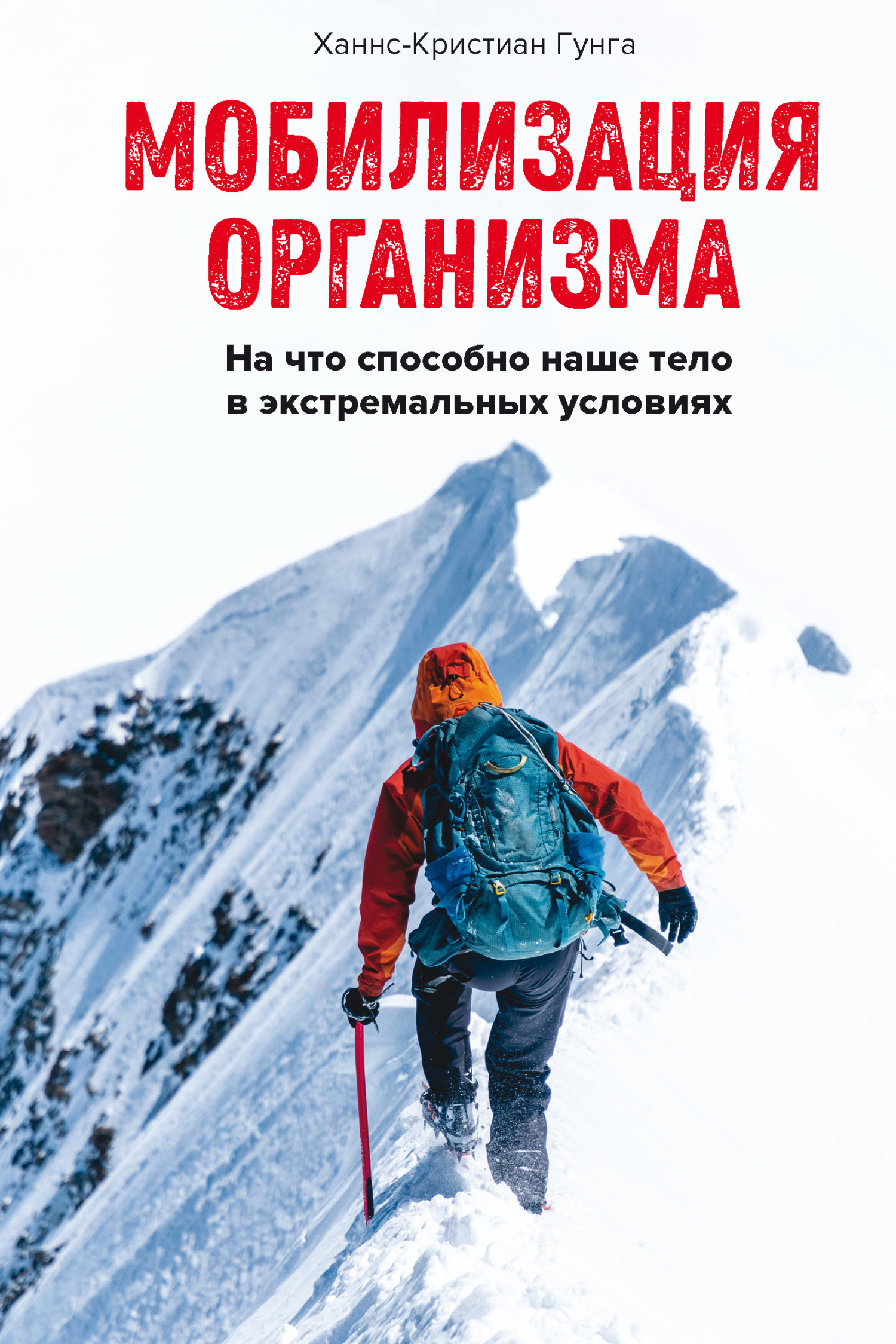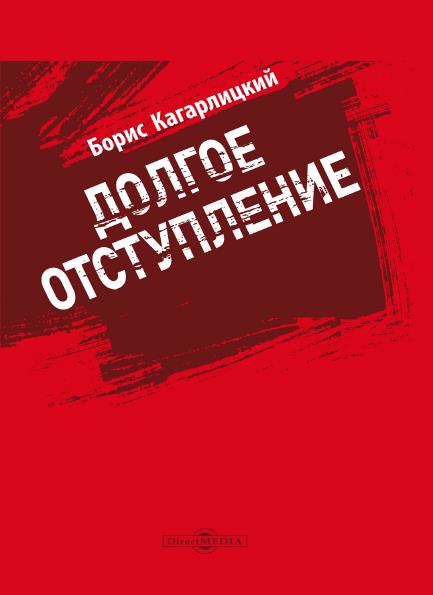Шрифт:
Закладка:
Наше тело - это удивительный механизм, который способен адаптироваться к самым разным условиям существования. Оно может выжить в космосе и на дне океана, в пустыне и в Арктике, в горах и в пещерах. Оно может выдержать жару и холод, голод и жажду, стресс и боль. Оно может мобилизовать свои ресурсы и активировать скрытые возможности. Но как это происходит? Какие процессы запускаются в нашем организме при экстремальных нагрузках? Какие границы имеет наша адаптация? Какие последствия имеет наше пребывание в необычных средах?
Ханнс-Кристиан Гунга - профессор физиологии и специалист по космической медицине. Он участвовал в многих экспериментах, связанных с изучением человеческого тела в экстремальных условиях. Он работал с астронавтами, альпинистами, дайверами, полярниками и другими людьми, которые сталкивались с необычными вызовами для своего организма. Он также изучал физиологию животных, которые обладают уникальными способностями адаптации.
В своей книге он рассказывает о том, как наше тело реагирует на различные факторы окружающей среды: температуру, давление, влажность, гравитацию, освещение, шум и другие. Он объясняет, какие изменения происходят в наших органах и системах: сердце, легкие, кровь, мозг, гормоны, иммунитет и другие. Он показывает, какие механизмы помогают нам приспосабливаться к новым условиям и какие риски мы при этом несем.
Книга Ханнс-Кристиана Гунги «Мобилизация организма. На что способно наше тело в экстремальных условиях» - это захватывающее путешествие по тайнам нашего тела. Это книга для тех, кто интересуется физиологией, медициной и биологией. Это книга для тех, кто хочет узнать больше о себе и своих возможностях. Это книга для тех, кто любит читать онлайн на сайте knizhkionline.com.





